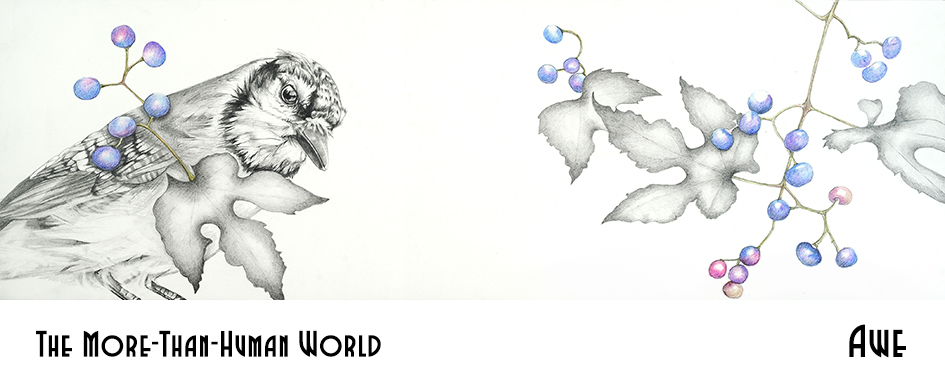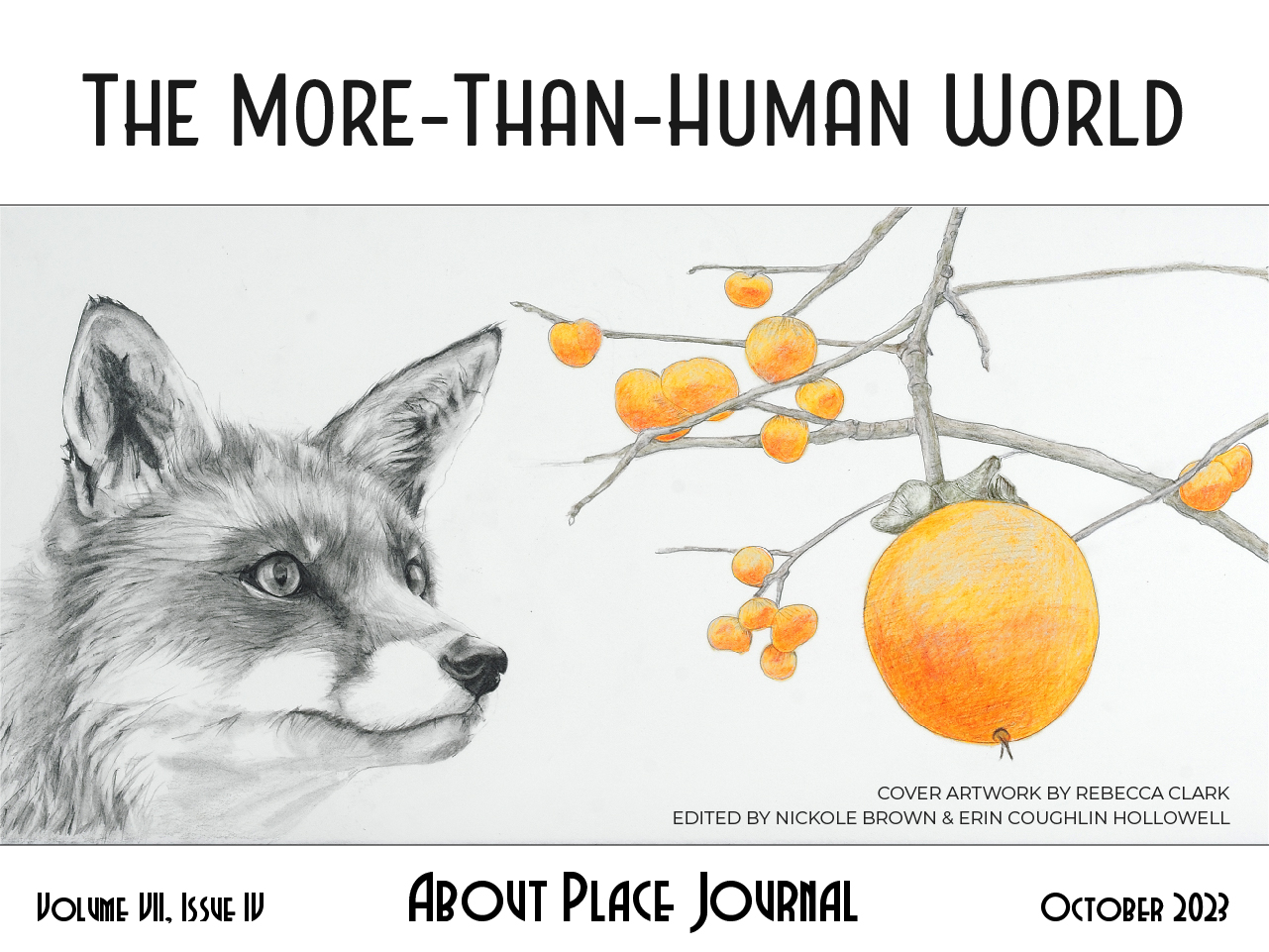the donut hole where the radula dwells, on the sole of Gumboot Chiton’s
long, muscular, snail-like foot, up front where, in humans, the big toe would be.
Consider, too, the donut around it: golden and spongy, fissured, resembling
nothing so much as clotted cream, or maybe a brain, which this remarkable,
dark red, leathery, shoe-shaped mollusk does not have—and, therefore,
ruminates not on its own self-worth or whether its stunning beauty
serves any purpose. No feelers, either. No eyes, though it does have a sense of touch
and the drive to slink ceaselessly forward—slower than seaweed growing—plus
the amazing dexterity, given its bulk, to firmly glomp said foot onto even the roughest
walls of Pacific coast tidepools and rock-bounded bays, where, below the lowest
low-tide line, an otherworldly crazy quilt of oh-so-tasty algae—
lavender, red, pink, and golden, hard as the rock it clings to—must be scraped off,
if Gumboot’s ever to eat. Which brings us to the scraping tool itself—the radula—and
its rhythmic, hypnotic, two-part routine: out of the mouth, the thrust of a moist,
nail-less thumb, or bubblegum pushed by a tongue, before it fills with air.
And then the swift retraction. And in its place, a steady unfurling; and, like cookie dough
swirling around the beaters, a curling under of two, parallel, mini-strips of bacon:
two, long, bright orange scarves; two halves of a split tongue zipping together along
rows of razor-sharp, tiny black teeth—merging and furling in one seamless motion,
back into the cavern they came from. Over and over, this radula stops for nothing, not
even when Gumboot hangs in a backbend at water’s top edge, searching for footing,
just as this stunned observer is doing, under the spell cast by Gumboot’s
mindless determination, all conventional frames of reference scraped clean.


